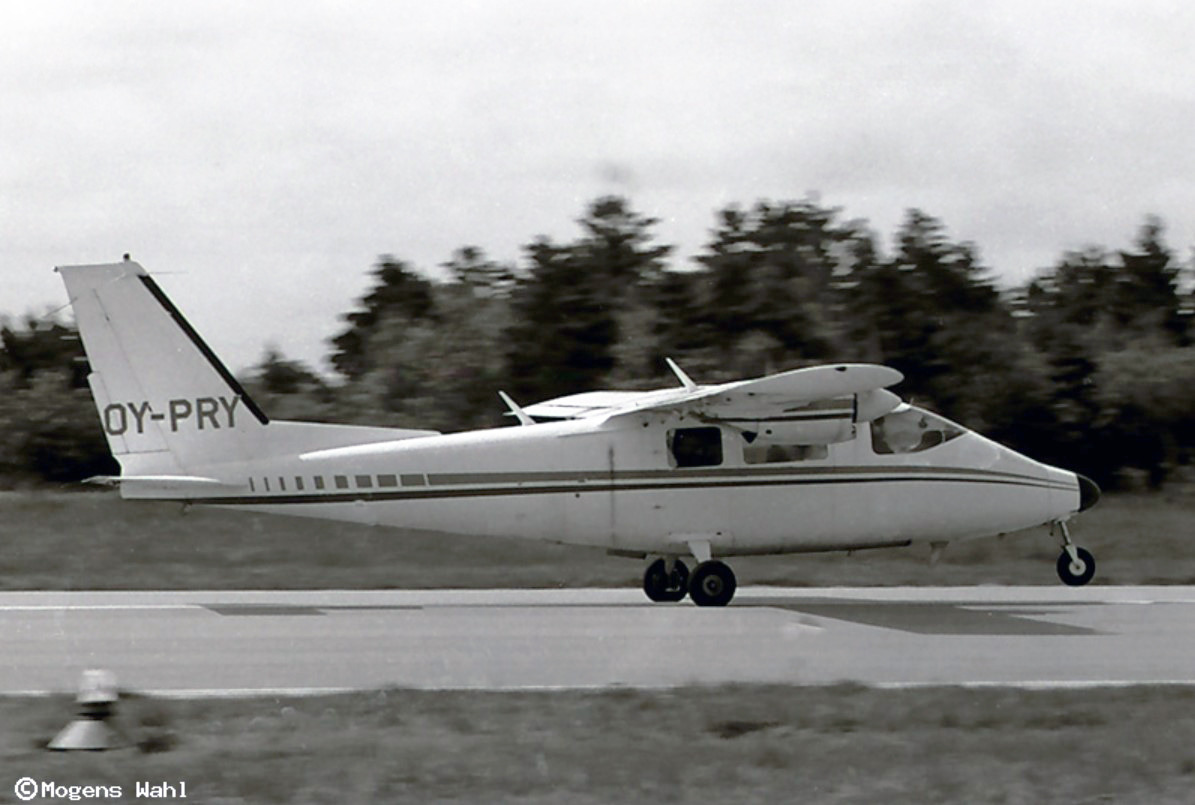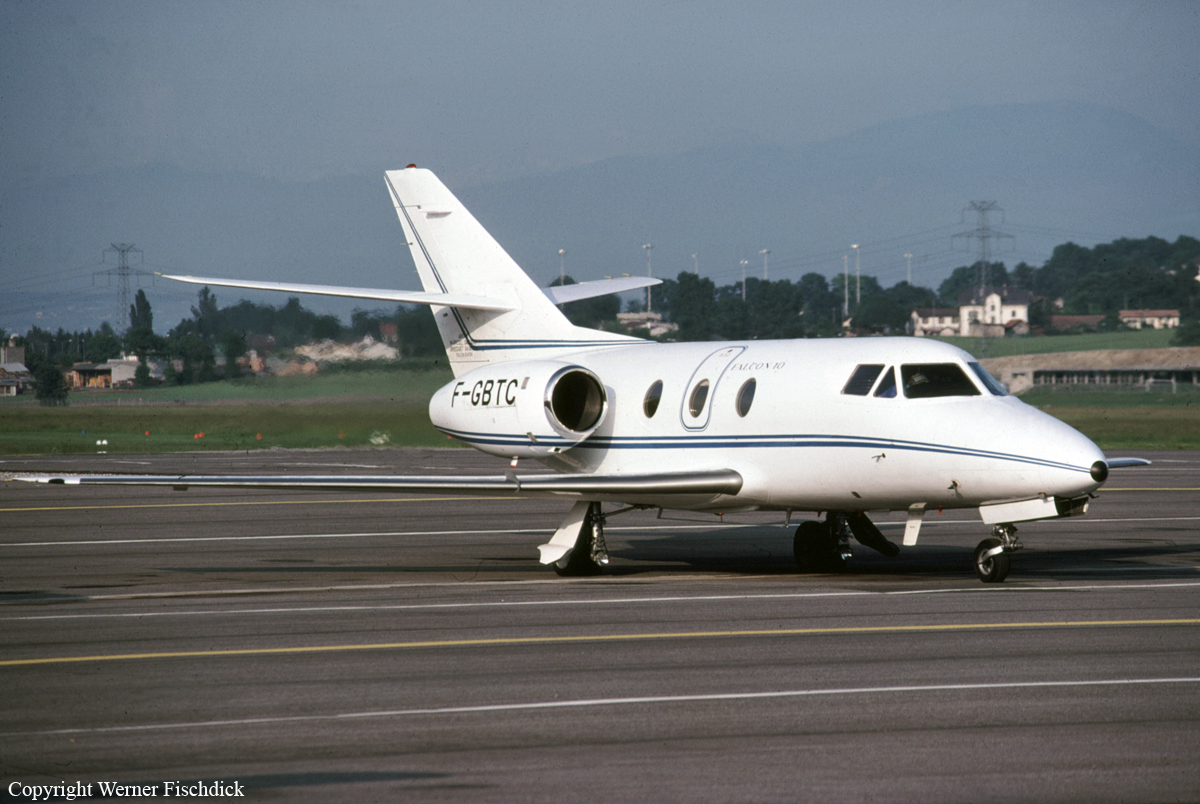Crash of a Learjet 24 in Detroit
Date & Time:
Sep 3, 1986 at 0653 LT
Registration:
N88JF
Survivors:
Yes
Schedule:
Kansas City - Detroit
MSN:
24-110
YOM:
1966
Crew on board:
3
Crew fatalities:
Pax on board:
0
Pax fatalities:
Other fatalities:
Total fatalities:
0
Captain / Total hours on type:
233.00
Aircraft flight hours:
8468
Circumstances:
The crew attempted an ILS approach with indefinite ceiling and RVR down to zero due to fog. The copilot was at controls. During a missed approach, the aircraft contacted runway where glideslope intersects terrain with sufficient force to shear all three landing gear. The right engine spolled down during climbout. The crew diverted to Detroit-Metropolitan Airport and complete a gear up landing. Minor fire broke out during ground slide. Both altimeters bench checked within tolerances. All three crew escaped with minor injuries.
Probable cause:
Occurrence #1: in flight collision with terrain/water
Phase of operation: missed approach (IFR)
Findings
1. (c) missed approach - improper - copilot/second pilot
2. (f) lack of total experience in type of aircraft - copilot/second pilot
3. (c) minimum descent altitude - exceeded - copilot/second pilot
4. (f) overconfidence in personal ability - pilot in command
5. (c) supervision - improper - pilot in command
----------
Occurrence #2: loss of engine power
Phase of operation: climb
Findings
6. (c) engine installation, suspension mounts - previous damage
----------
Occurrence #3: fire
Phase of operation: landing - roll
Findings
7. (c) landing gear - previous damage
Phase of operation: missed approach (IFR)
Findings
1. (c) missed approach - improper - copilot/second pilot
2. (f) lack of total experience in type of aircraft - copilot/second pilot
3. (c) minimum descent altitude - exceeded - copilot/second pilot
4. (f) overconfidence in personal ability - pilot in command
5. (c) supervision - improper - pilot in command
----------
Occurrence #2: loss of engine power
Phase of operation: climb
Findings
6. (c) engine installation, suspension mounts - previous damage
----------
Occurrence #3: fire
Phase of operation: landing - roll
Findings
7. (c) landing gear - previous damage
Final Report:







